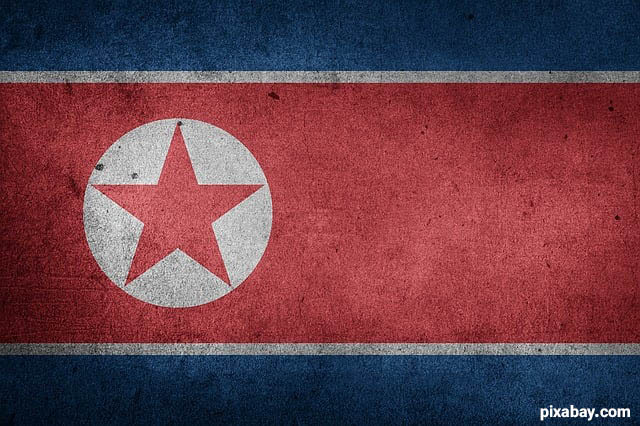Payam Javan: North Korea conducted its first intercontinental ballistic missile (ICBM) launch in nearly a year, firing the missile on Thursday with North Korean leader Kim Jong Un reportedly overseeing the test. South Korea confirmed it as the North’s longest-ever ballistic missile test, lasting 87 minutes. The launch immediately drew international condemnation, with the United States, South Korea, and Japan identifying the missile as an ICBM and expressing concern that it raises regional tensions. South Korean officials further suggested that this launch could represent a test of new, solid-fueled long-range missile technology.
Japanese authorities reported the missile’s extreme altitude of 7,000 kilometers (4,350 miles), indicative of a lofted trajectory test. This height suggests that if fired on a flatter trajectory, the missile could reach a range of over 15,000 kilometers (9,300 miles), potentially bringing the U.S. mainland within reach. U.S. National Security Council spokesperson Sean Savett condemned the launch as a “flagrant violation” of U.N. Security Council resolutions and emphasized that the United States remains committed to the security of its allies. While U.S. military officials assessed that the launch posed no immediate threat to U.S. territories or allies, it was described as an unnecessary escalation of tensions.
In response, South Korea’s Joint Chiefs of Staff announced plans for joint military exercises with the U.S., and trilateral exercises with Japan to reinforce regional defense. Speculation arose that North Korea’s test involved a new model of missile, as noted by Japan’s Defense Minister, who highlighted the unprecedented altitude and flight time of this launch. Separately, the Pentagon confirmed that North Korea has recently sent troops to Russia for training amid concerns these forces might be deployed in Ukraine, with NATO noting the possibility of North Korean troop deployments in Russia’s Kursk region. This development underscores North Korea’s expanding role on the global stage, sparking further worries about the security dynamics in the Asia-Pacific and beyond.









